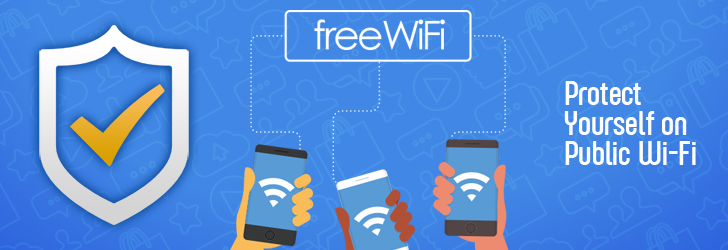
One of our sister website hosted on cloud server was recently hit by a 9Mbps DDoS, and the apache web server ran out of memory and crashed. The attack lasted more than 2-months with no known reason. We've taken a number of mitigation steps including installation of mod_security with mod_evasive, APF, BFD, DDoS Deflate and Rootkit and Traffic Control, but none came to rescue. Use of Linux provided WAF will mitigate the DDoS to the extent where CPU, Memory and Bandwidth are allowed; and in our case a single CentOS server with 4GB RAM wasn't sufficient to mitigate DDoS.
[..]
Read more...










